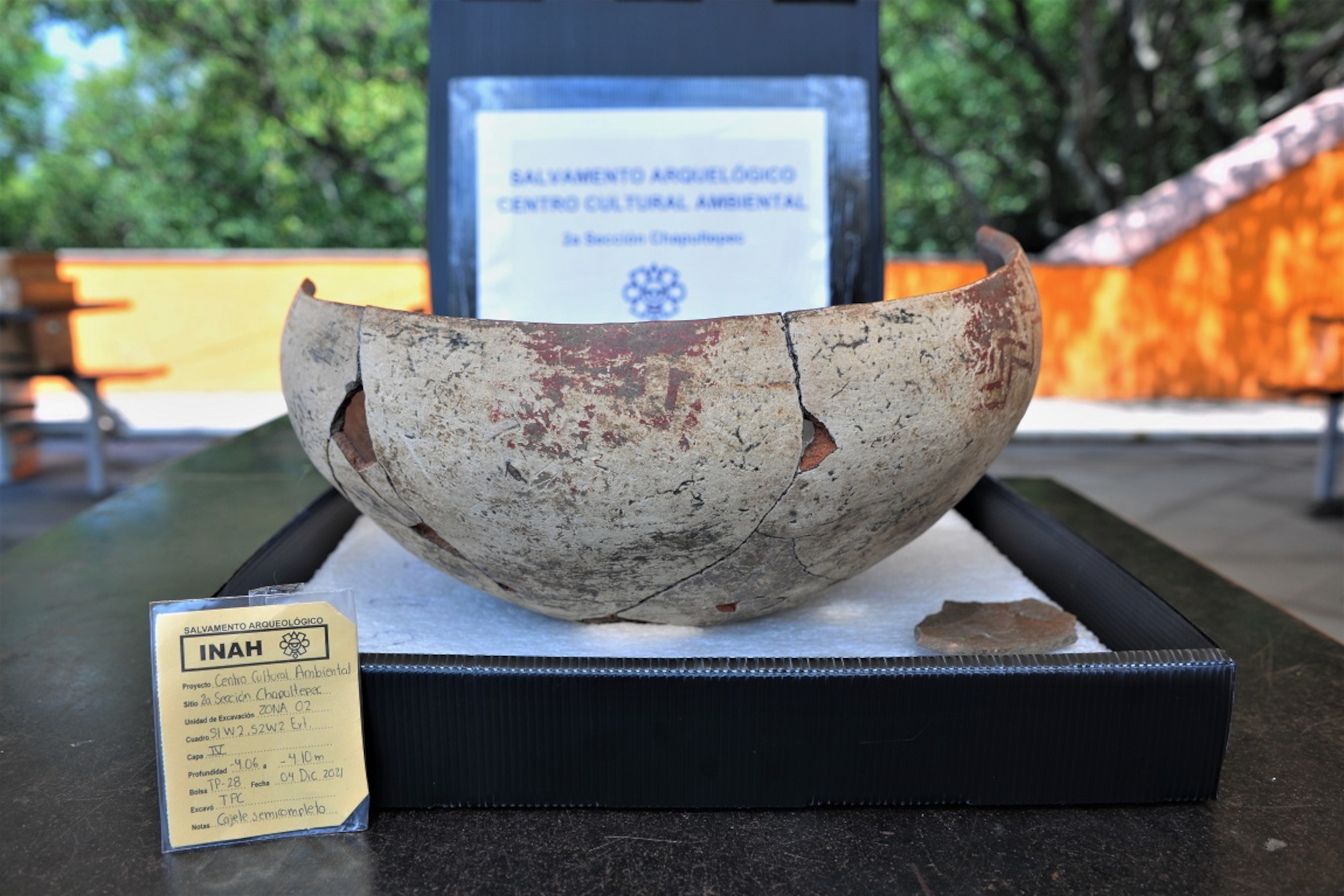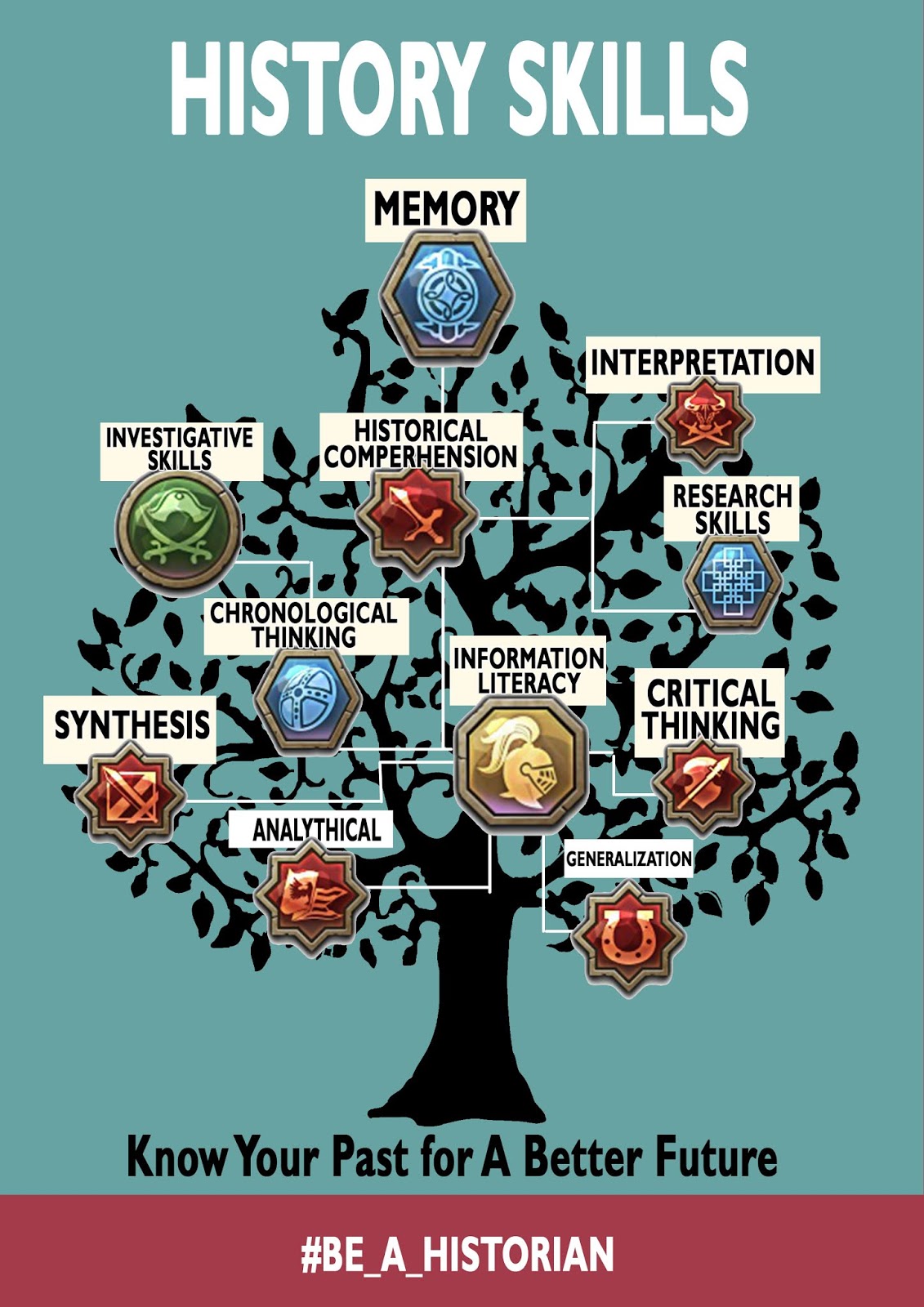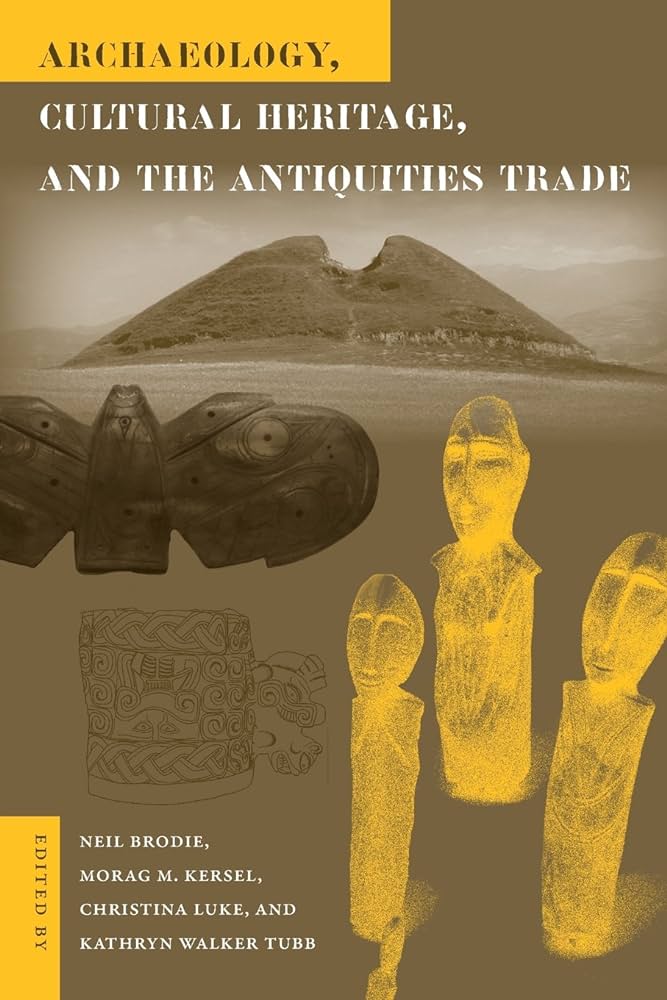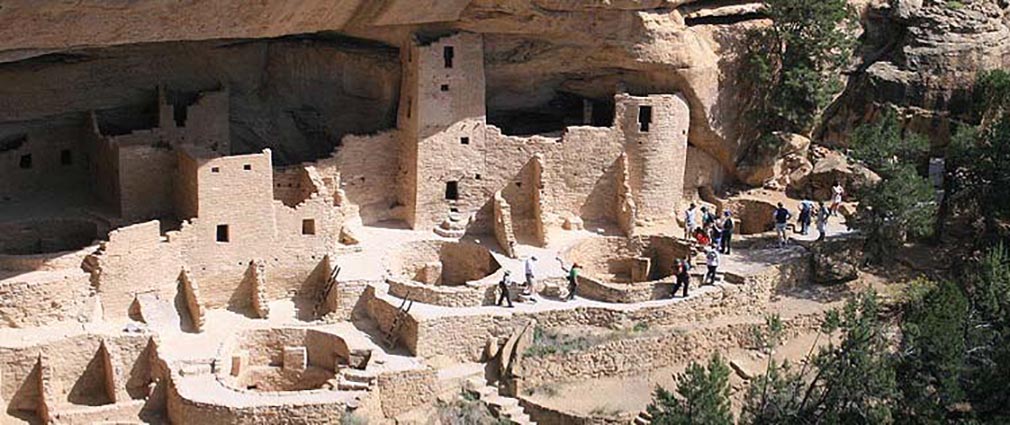Exploring the Hidden Treasures of Archaeological Sites and Excavations
Archaeological sites and excavations are fascinating windows into the past, revealing the stories of ancient civilizations and the lives of people who lived centuries ago. From the pyramids of Egypt to the ruins of Machu Picchu in Peru, these sites hold treasures that can expand our knowledge and understanding of the world we live in today. In this blog post, we’ll explore the hidden treasures of archaeological sites and excavations.
1. Pottery and Artifacts
Archaeologists are particularly interested in artifacts that provide clues about the daily lives of people in the past. Pottery, in particular, has been instrumental in providing information about ancient societies. Pottery tells us about the food, clothing, and art of past societies. It also reveals how people interacted with each other and traded goods. Artifacts such as tools, weapons, and jewelry also provide valuable insights into the lives of people who lived in the past.
2. Burial Sites
Burial sites provide clues about how people in the past viewed death and the afterlife. They give insight into their religious beliefs, social structures, and daily activities. Burial sites can also provide valuable information about the health of people in the past, as well as their diets and lifestyles.
3. Architecture
Ancient architecture provides insights into the technological and engineering skills of past societies. Architecture can reveal information about the religion, politics, and economy of past societies. It can also be used to determine the social structure of a society, as some buildings were reserved for the elite, while others were used by the general population.
4. Wall Paintings and Inscriptions
Wall paintings and inscriptions provide a glimpse into the thoughts and feelings of people in the past. They can reveal information about their religion, daily lives, and political beliefs. They can also provide valuable historical context for events that took place in the past.
5. Human Remains
Human remains can provide valuable information about health, diet, and disease in the past. They can also reveal information about the social structure of a society, as different burial practices were used for different levels of society. DNA analysis of human remains can also provide information about the ancestry of people in the past.
Exploring archaeological sites and excavations is an incredibly valuable experience. Not only does it provide us with new perspectives on our history and the world we live in, but it also helps us to understand the challenges faced by past societies. The hidden treasures of these sites can be a source of inspiration and learning for generations to come.











